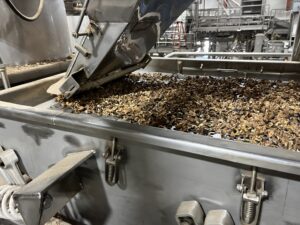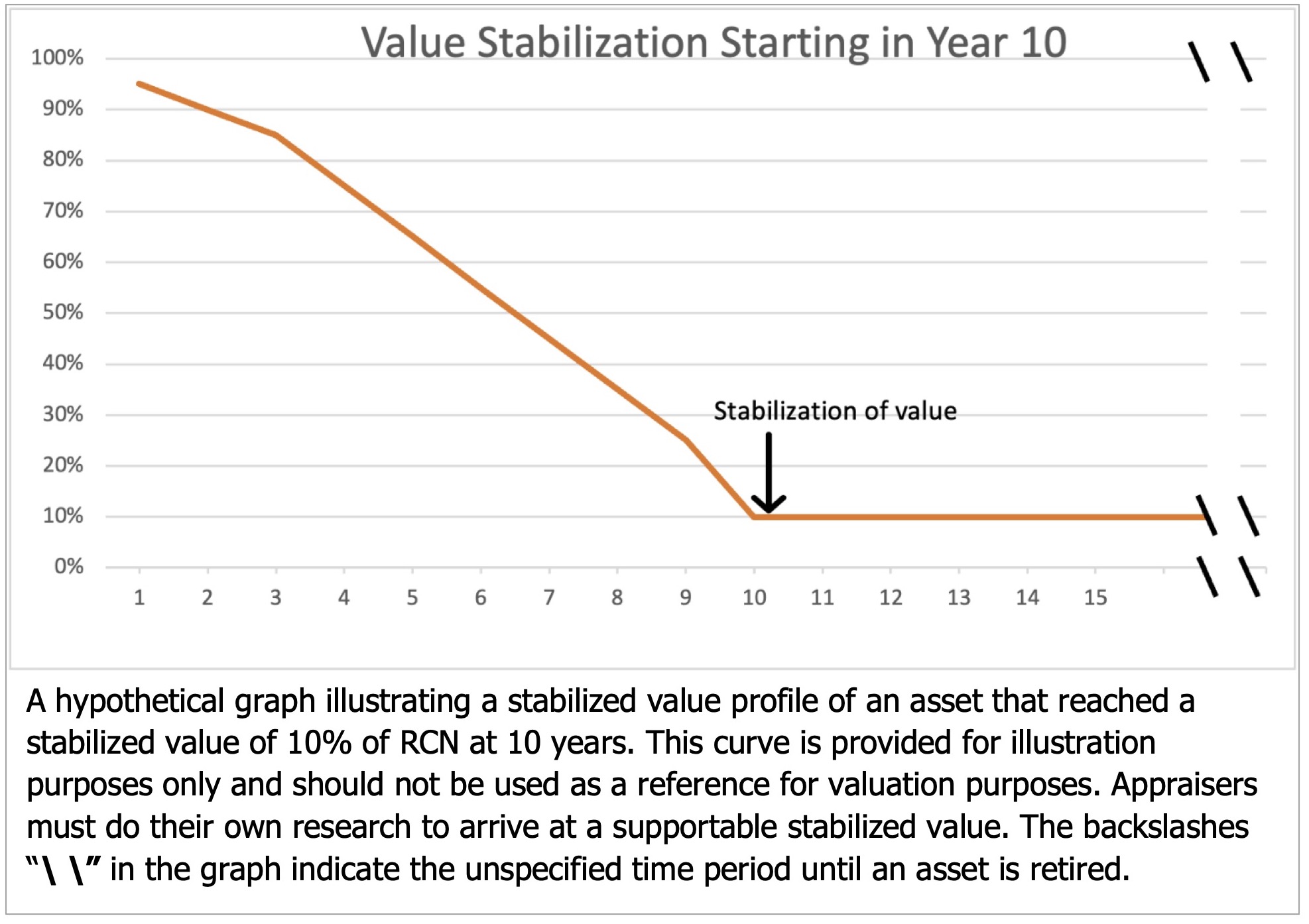 In business litigation, accurate machinery and equipment valuations supported by evidence and logic are crucial, particularly in cases involving complex shareholder disputes over machinery, equipment, or other business assets.
In business litigation, accurate machinery and equipment valuations supported by evidence and logic are crucial, particularly in cases involving complex shareholder disputes over machinery, equipment, or other business assets.
Whether for partnership disputes or buyouts, equipment valuations are expected to provide information needed to determine fair financial outcomes.
In many cases, however, machinery and equipment appraisal reports contain critical deficiencies. Attorneys dealing with machinery and equipment valuations who are aware of these deficiencies can more effectively challenge flawed appraisals, especially in conjunction with a rebuttal report from a qualified appraisal reviewer highlighting key flaws in the reviewed appraisal report, or work under review (WUR).
California Corporations Code Section 2000
California Corporations Code Section 2000 allows a corporation or its majority shareholders to prevent dissolution by buying out minority shareholders who wish to dissolve the company. We often provide equipment appraisals, appraisal reviews, or rebuttal reports for California Section 2000 cases involving machinery and equipment.
As an appraisal review expert witness in a California Section 2000 case involving machinery and equipment in a food processing facility, I reviewed the equipment appraisal report submitted in evidence and produced a rebuttal report sharing the appraisal’s key errors. Discussion of these errors in the litigation process supported a fair financial outcome for the nut processing business.
Case Study: Rebuttal report reveals 6 major flaws in appraisal of nut processing equipment
Attorneys who are interested in understanding how to scrutinize a machinery and equipment appraisal reports will appreciate this overview of the 6 key points raised in my appraisal review rebuttal report.
For more essential insights into problematic appraisals, see our earlier posts on equipment appraisal red flags and the 15 most common appraisal report mistakes.
Lack of transparency and replicability
According to USPAP an appraisal report must be replicable by another appraiser of similar skill, knowledge, and training. In this case, however, appraisal review determined that the appraisal report under review did not include the valuation analyses necessary for another machinery and equipment appraiser to replicate the results. Additionally, the WUR lacked adequate disclosure of the sources and methods used to arrive at the stated values.
This lack of transparency is a major red flag. For a machinery and equipment appraisal to be valid in the context of business litigation, it must provide a clear and understandable path showing how the values were derived. If a machinery and equipment appraisal falls short of professional standards because it cannot be replicated or understood by the intended users, it may fail to have enough evidence and logic to be credible.
Attorneys should be aware that machinery and equipment appraisal reports are required by professional standards to provide adequate explanations of the valuation methods used and to disclose data sources so that the appraisal analysis and process is comprehensible to all parties involved and replicable.
Incorrect valuation methodology
One of the main concerns highlighted in the appraisal review rebuttal report is the use of an incorrect valuation method by the work under review. The final opinion of value was defined as Fair Market Value in Continued Use approach, which estimates asset value assuming that the business continues operating normally.
However, Section 2000 requires valuation of assets under a liquidation scenario, which assumes that the business will be liquidated in whole or cease operations and that its assets will be sold off on a piecemeal basis.
Valuing this food processing machinery at Fair Market Value in Continued Use ignores the critical difference between liquidation and in-use equipment values and results in an overstatement of asset values by the work under review.
Attorneys will find it useful to verify that an appraisal report uses the correct definition of value, especially when liquidation is involved. A mistake like the one in this case — using Fair Market Value in Continued Use in a liquidation situation — clearly inflated asset values, leading to an opinion of value that is not consistent with how the appraisal was intended to be used, what appraisers call “Intended Use.”
Arbitrary and inconsistent depreciation rates
The appraisal review rebuttal report also identified issues with how depreciation was applied in the appraisal being reviewed.
Depreciation accounts for the decrease in an asset’s value due to factors such as age, wear and tear, technological obsolescence and other market conditions. In this case, the work under review showed inconsistent depreciation rates applied to different components of the assets, leading to significant discrepancies in the final values.
Installation costs
In the work under review, for instance, installation costs were depreciated at different rates from the underlying assets, resulting in inflated overall values. The appraisal review rebuttal report addressed a specific example, where the installation cost of a piece of machinery was depreciated at 40%, while the machinery itself was depreciated at 83%, resulting in an overestimation of the installed value.
This inconsistent depreciation is at odds with standard appraisal practice, which generally advises that machinery and its installation be depreciated at the same rate; if different depreciation rates are used, the report should provide a rationale. In this case, the work under review provided no explanation for the disparate depreciation rates.
Misleading conclusions
This issue becomes even more problematic when aggregated across multiple assets, inflating the total value of a business’s machinery and equipment.
Attorneys should scrutinize reports to determine whether appraisers apply depreciation rates consistently and according to professional standards. ASA’s manual Valuing Machinery and Equipment, a key resource for appraisers, emphasizes the need for consistency in depreciation to avoid misleading conclusions.
Technological obsolescence overlooked
The appraisal review rebuttal report also calls attention to the work under review’s failure to account for technological obsolescence, or functional obsolescence, in the appraised food processing equipment.
Technological obsolescence occurs when equipment becomes outdated due to advances in technology that reduce the value of older equipment in the market. In this case, the technologically obsolete equipment in Plant A was significantly overvalued.
Plant A’s outdated nut processing equipment — configured with 1980s technology — had frequent breakdowns along with other inefficiencies in production. In addition, Plant A had electrical issues and was ultimately removed a year after the appraisal at a cost of $600,000. However, the work under review assigned the plant a 50% “good factor,” ignoring its clear obsolescence. This overvaluation of the plant’s functionality skews the overall appraisal and could lead to unfair outcomes in litigation.
Attorneys must consider if an equipment appraisal accurately accounts for the age and technological status of equipment, especially when dealing with older assets. Ignoring technological obsolescence in machinery and equipment can inflate asset values and distort the true financial picture of a business.
Selling costs omitted
Another major flaw in the WUR appraisal, as pointed out in the appraisal review rebuttal report, is the omission of selling costs in liquidation scenarios. Selling costs, such as broker commissions, legal fees, and title transfer costs, are crucial components of any valuation involving asset sales. Ignoring these costs creates an incomplete picture of the net proceeds a business owner can expect from liquidation.
In cases involving long-lived equipment or businesses going through dissolution, the failure to account for selling costs could mislead shareholders, giving them a false sense of the potential recovery from an asset sale.
Attorneys involved in Section 2000 business litigation and shareholder disputes should notice if selling costs are factored into appraisals, as these can significantly reduce the net amount realized from a sale.
Importance of credible machinery & equipment appraisal reports in business litigation
The findings from this appraisal review rebuttal report emphasize the importance of noticing whether a machinery and equipment appraisal report is supported by evidence and logic and uses appropriate valuation methods as discussed in the professional standards, including applying consistent depreciation rates, considering changes in technology, and including all relevant selling costs and considerations.
In business litigation, especially in cases involving liquidation, a flawed equipment appraisal report can distort understanding of a financial situation, resulting in an inappropriate outcome.
Key takeaways for attorneys
Attorneys involved in litigation that involves machinery and equipment appraisals can help their clients by taking the time to scrutinize appraisal reports to determine if an appraisal review rebuttal report might be useful.
- Check for transparency and replicability; does the machinery and equipment appraisal report comply with professional standards?
- Ensure that the correct definition of value, such as Orderly Liquidation Value, is applied in liquidation scenarios.
- Verify that depreciation rates are applied consistently to all components, including assets, taxes, and installation costs.
- Confirm that the appraisal addresses potential assemblage issues that could impact the overall valuation.
- Make sure technological obsolescence is factored into the valuation, particularly for older assets.
- Ensure that appraisals include all relevant selling costs, providing an accurate picture of net proceeds.
This is a short list that attorneys can use to determine the likelihood that a machinery and equipment valuation report is accurate, fair, and compliant with professional standards. In cases where an attorney is suspect about these issues, a qualified appraisal reviewer can document key flaws in a rebuttal report, leading to more equitable and supportable outcomes in business litigation.
Jack Young, ASA—MTS/ARM, CPA
NorCal Valuation Inc.




